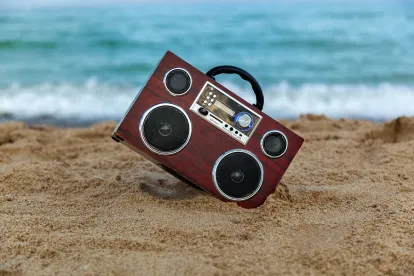The on-air hoax is as much a tradition as the drive-time traffic report at some radio stations. Listeners enjoy getting a good laugh at some unsuspecting dupe’s expense. In fact, one of the most famous radio broadcasts ever—Orson Welles’ 1938 “War of the Worlds”—was “fake news” before the term had been invented.
With April Fools Day around the corner, if radio stations go too far, they can find themselves in trouble with the FCC.
For example, one station concocted a “Confess Your Crime” segment in which listeners were asked to call up and admit their transgressions. While most were funny and ultimately harmless, one caller got the attention of law enforcement by confessing to a supposed murder. The hoax led to a timely, expensive law enforcement investigation, and prompted the FCC to adopt new rules about broadcasting hoaxes.
More recently, Pizzagate became a national headline after radio host Alex Jones spread the unfounded rumor than a Washington, D.C. pizza parlor was working with the Hillary Clinton campaign to operate a human trafficking ring. One listener took the claims seriously and went to the restaurant with an assault rifle. Thankfully, no one was hurt, but the results could have been tragic.
So what is the FCC’s hoax rule? It is limited to “prohibiting false information concerning a crime or a catastrophe.” It does not prohibit information that might be upsetting to listeners, but which poses no substantial threat.
Here are some specific rules for applying the broadcast hoax rule:
- Foreseeability of substantial public harm. Can the broadcaster reasonably suspect that a hoax would cause harm to the public? The level of believability of the hoax is key here. A fake report about a terrorist attack is far more believable than one about a zombie invasion, for example.
- Licensee knowledge of falsity. Did the broadcaster (or its employees) know the report was false?
- Direct causation of substantial public harm. Did the hoax cause actual harm to the public’s health or safety, as opposed to the mere possibility of harm?
But even pranks and stunts that fall short of the FCC’s hoax definition still can open up broadcasters to fines and punishment. So radio stations should err on the side of caution in the realm of on-air hoaxes—and train on-air staff about the rules. And if there are any doubts about whether a stunt may trigger FCC action, call a lawyer before taking it live!



 />i
/>i

